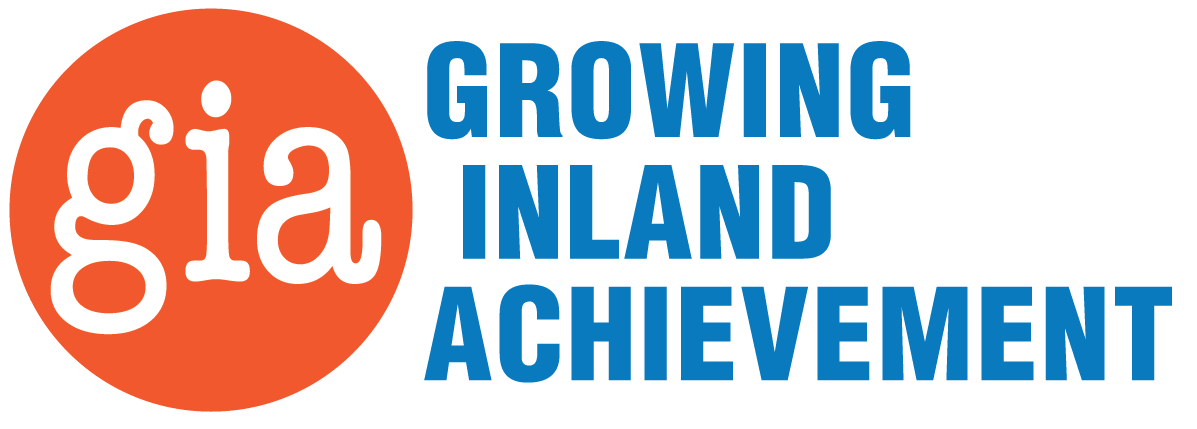Over 230 community leaders from education, business, government, and nonprofit sectors gathered virtually on September 21-22 for the fourth annual Toward a Shared Vision convening presented by Growing Inland Achievement (GIA).
A focal point of the convening was to affirm five new goals set forth for the region, emphasizing the opportunity to improve educational equity and economic opportunity for historically marginalized populations in the Inland Empire. “The goals we have set are ambitious, but not unrealistic,” said Dr. Wolde-Ab Issac, Chancellor of Riverside Community College District. “The past goals we have set—we have definitely exceeded them—and I think the success we have achieved is inspiring us to raise the bar even higher, breaking down the barriers from K-12, to community colleges, to universities. Working together as one strong family gives us the inspiration that we can achieve all the goals we are shaping right now.”
The five new regional goals are:
- Increase educational attainment, with a specific emphasis on accelerating success for historically marginalized student groups.
- Foster an efficient, high-quality education system that creates equitable access for all students.
- Build equitable structures in education to eradicate systemic racism.
- Fuel a robust future economy that increases equitable career opportunities and employment.
- Eliminate the chasms in wealth, income, and poverty rate, which disproportionately affect people of color.
The first day of the Toward a Shared vision convening featured a panel discussion with the GIA Board of Directors on how these new regional goals will meet the moment of our new reality. Recordings for both days of the convening are available to watch online on GIA’s website.
GIA solicited broad regional stakeholder feedback as part of its strategic planning process, which helped shape the new regional goals. “The hard work of our regional network of partners got us here, and that movement—that momentum we have, is what we’re going to continue to use to push us forward,” said Dr. Carlos Ayala, President & CEO of GIA. “I believe in having high expectations and that we have the right talent in our region to make these goals achievable.”
The convening connected the region’s 56 K-12 districts, 12 community colleges, two public four-year institutions, four private four-year institutions, education-related nonprofits, with over 230 attendees across the two-day virtual event. Additional convening sessions focused on the concept of collective impact to achieve equity, catalyze economic growth, and financial prosperity for the Inland Empire residents.
“The region’s population of talented students, robust educational institutions, and student support organizations creates the opportunity to produce a vast supply of educated workers to transform the regional economy,” said Ann Marie Sakrekoff, Senior Director at GIA. “This time of crisis is also a time of opportunity—for us to unite as a region and work together to achieve transformational change.”
By researching, resourcing, and connecting educational institutions, nonprofits, and businesses in the Inland Empire, GIA has helped facilitate regional educational policy alignment to increase college preparedness, certificate and degree attainment, and career readiness. Learn more by viewing GIA’s recently published 5-year Report and by visiting their website at https://inlandempiregia.org.
GIA is a regional intermediary organization aimed at increasing postsecondary credential attainment, adding more qualified people to the workforce, and contributing to a thriving economy. GIA brings together leaders across K-20 education, civic, and business sectors to work together through a collective impact approach to achieve educational and economic success. Several grants have helped GIA carry out their work, including a Governors Innovation Award, College Futures Foundation, James Irvine Foundation funding, and a grant from the Bill and Melinda Gates Foundation. Learn more at https://inlandempiregia.org.

